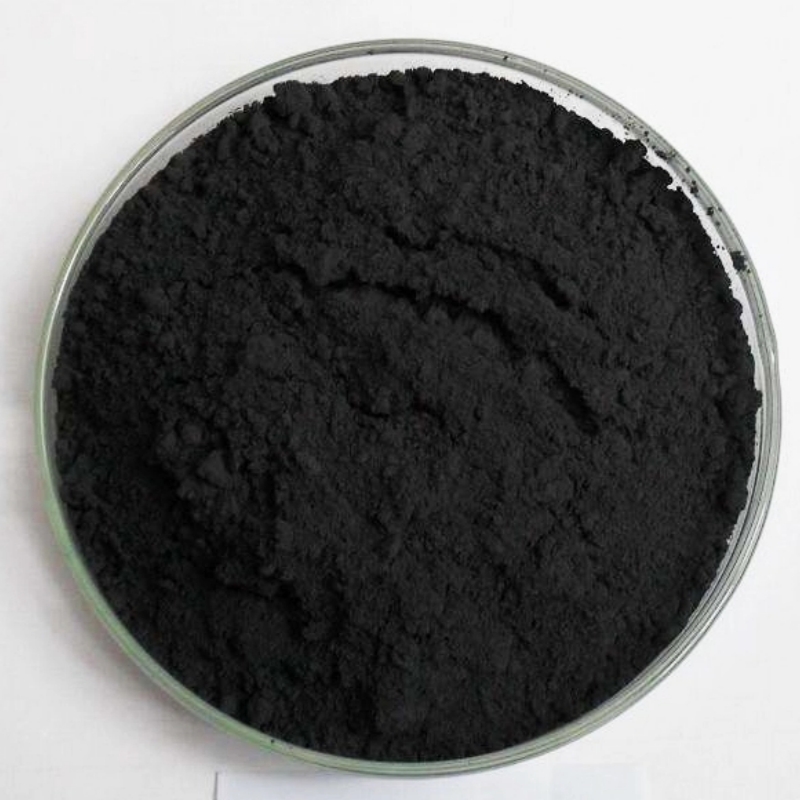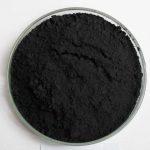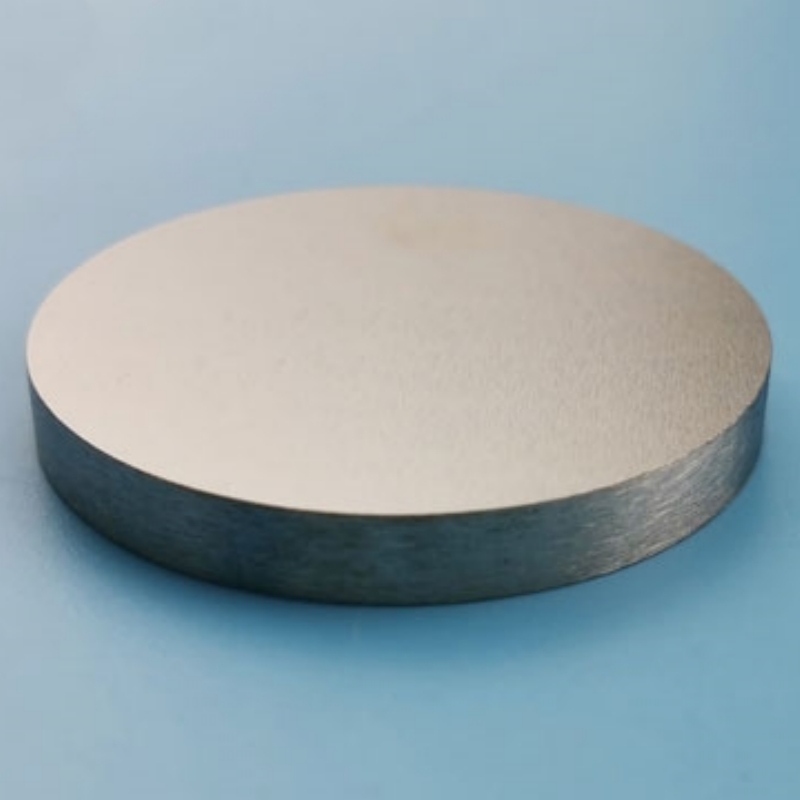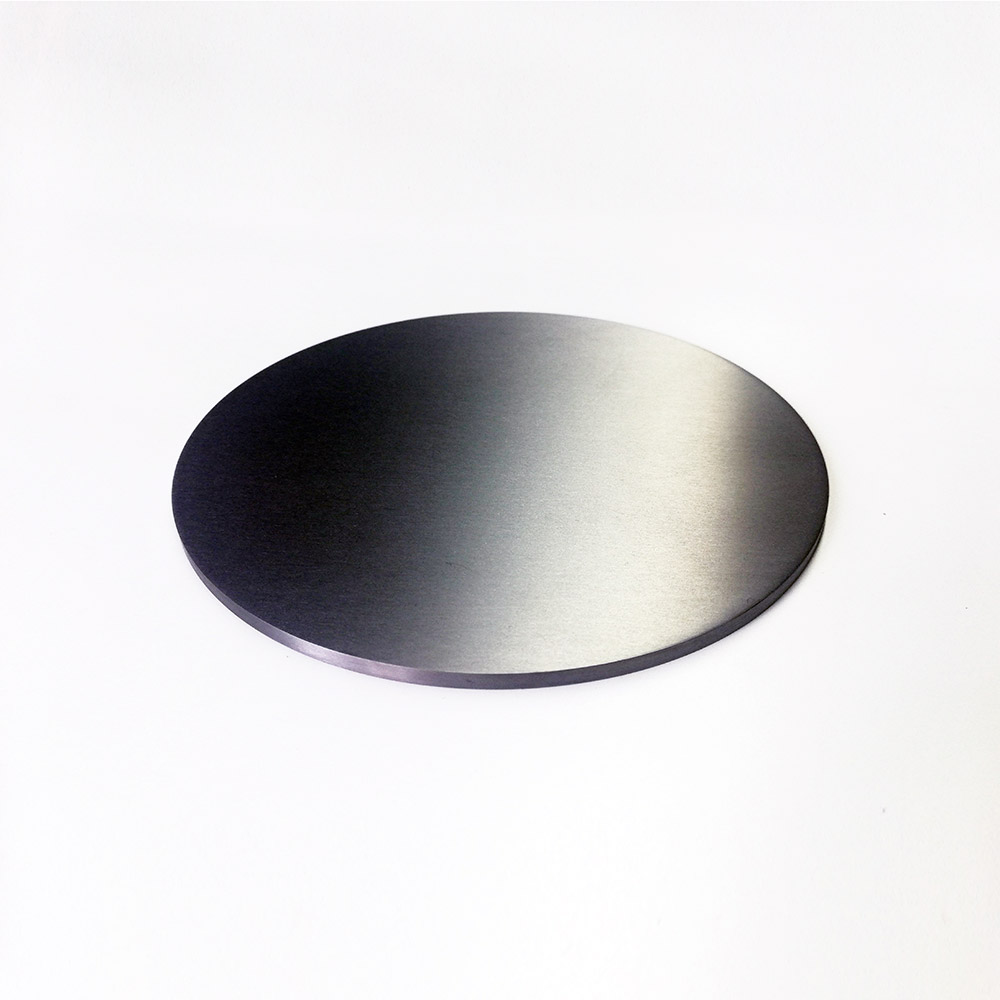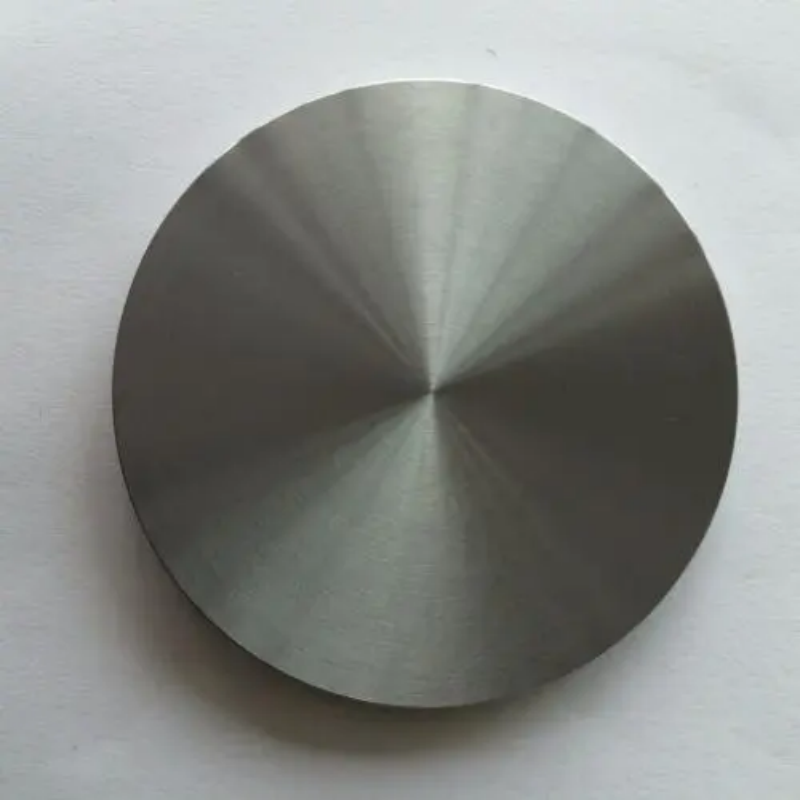Cerium hydride (CeH₂/CeH₃) is a high-purity rare-earth compound recognized for its excellent hydrogen storage capacity, thermal stability, and unique electronic properties. It is widely used in hydrogen energy systems, specialized metallurgy, neutron absorbers, and advanced material research. Due to its superior performance in specialized applications, cerium hydride plays a crucial role in precision engineering, scientific studies, and industrial innovations.
Product Overview
Cerium hydride is a compound formed by the reaction of cerium with hydrogen, existing in two forms: dihydride (CeH2) and trihydride (CeH3). Dihydride appears as blue-black crystals, while trihydride is a brittle, blue-black amorphous powder. The product exhibits good stability and hydrogen storage capacity and can react with water under certain conditions to form cerium chloride and release hydrogen gas.
Key Features
- High Purity: Available in 99.9% and 99.99% purity to ensure high performance of materials.
- Stability: Cerium trihydride is stable in dry air, while cerium dihydride can self-ignite in humid air.
- Hydrogen Storage Capacity: Serves as an efficient hydrogen storage material.
- Customizable Specifications: Available in various particle sizes to meet diverse application requirements.
Applications
- Hydrogen Storage Materials: Widely used in hydrogen storage technologies, especially in high-efficiency hydrogen storage systems.
- Catalyst Applications: Acts as a component in catalysts for certain chemical reactions.
- High-Performance Materials: Used in the manufacturing of special materials, particularly in fields requiring hydrogen storage capabilities.
| Property | Content |
| Chemical Formula | CeH₂ |
| CAS Number | 13569-50-1 |
| EINECS Number | 237-608-2 |
| Molecular Weight | 142.13 |
| Property | Content |
| Chemical Formula | CeH₃ |
| CAS Number | 13864-02-3 |
| EINECS Number | 237-608-2 |
| Molecular Weight | 143.14 |
 new material
new material

